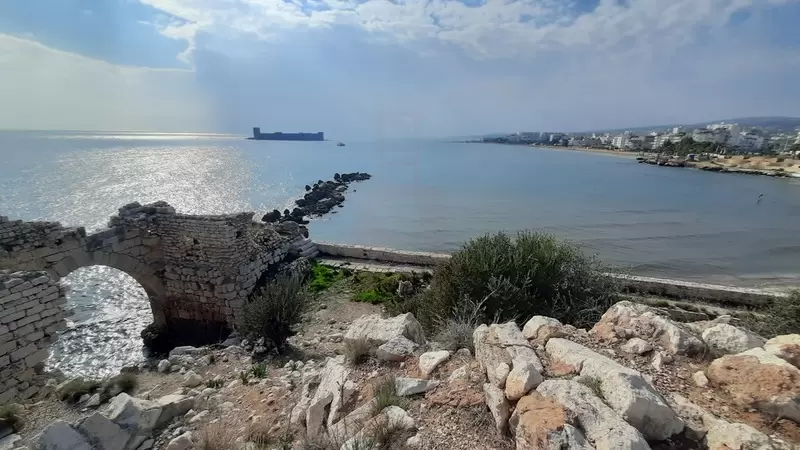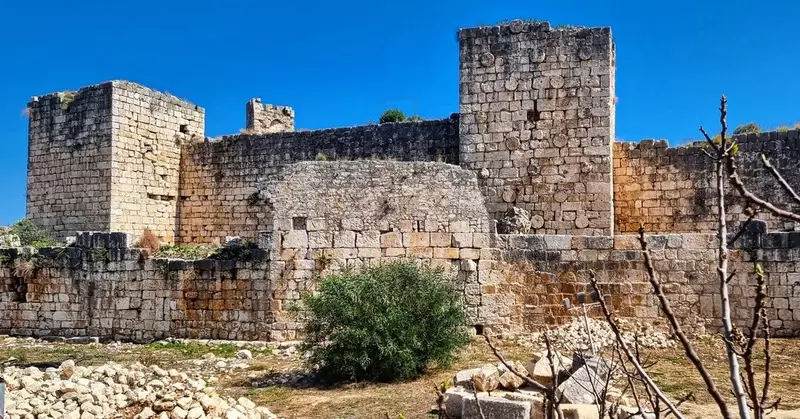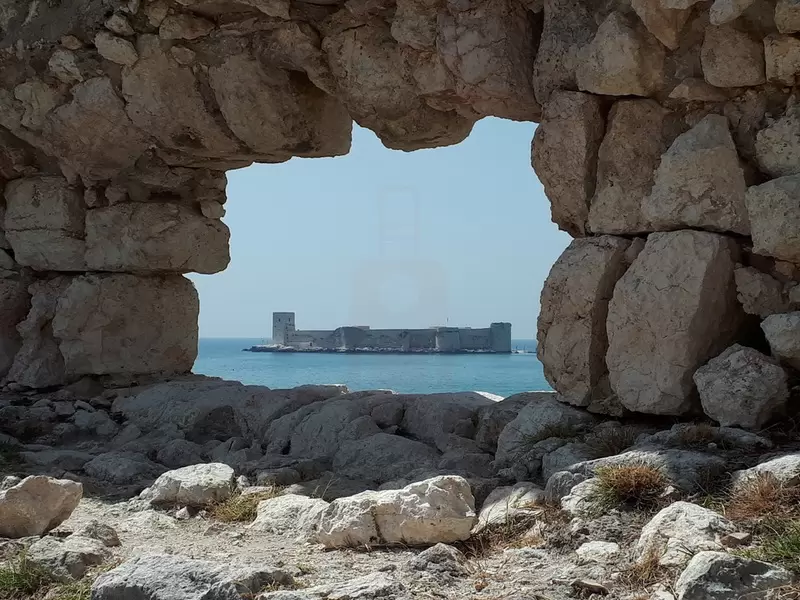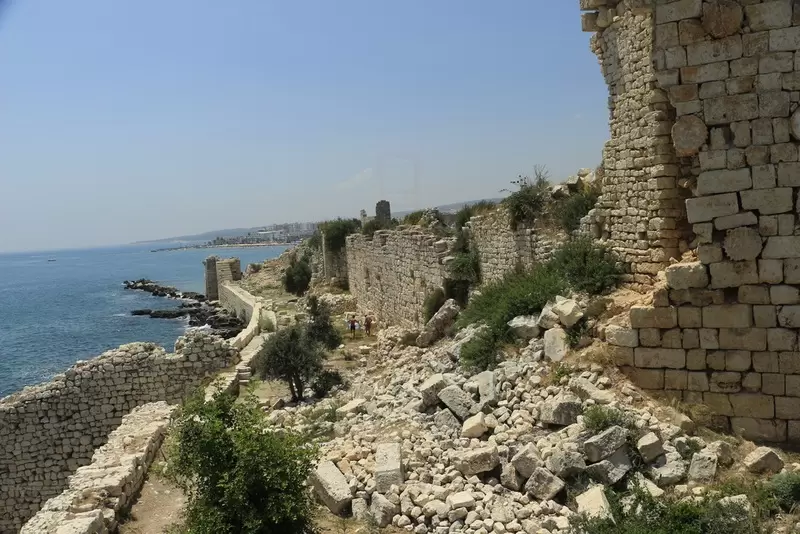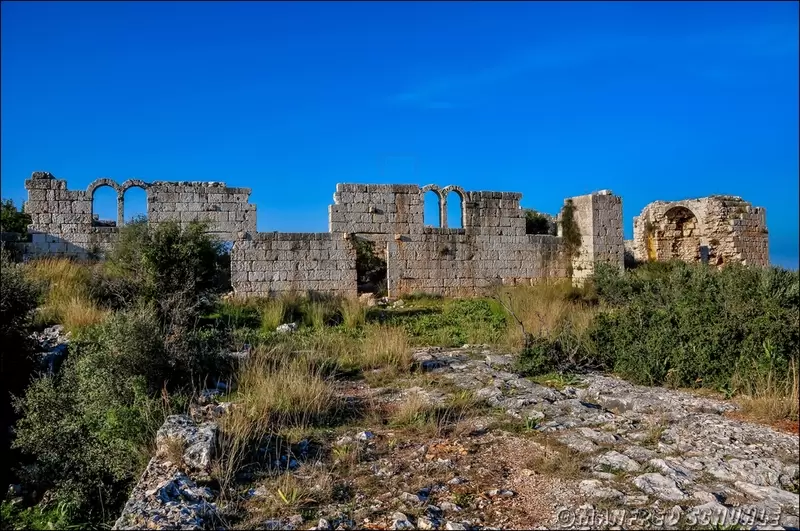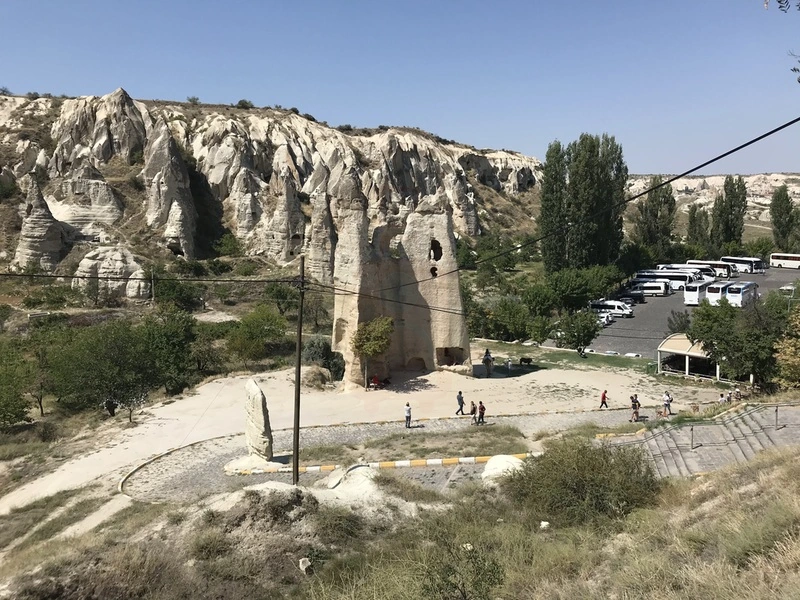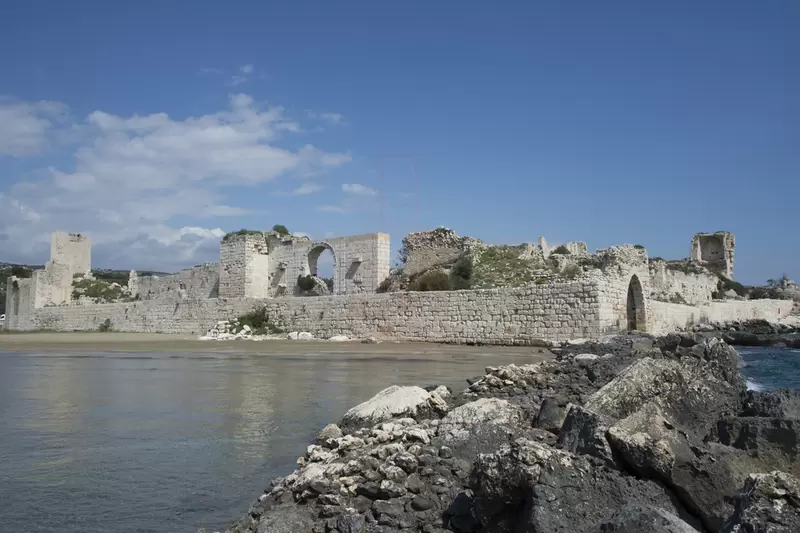
Welcome to Korykos Ancient City! Located in the modern-day province of Mersin in Turkey, Korykos is an intriguing archaeological site that offers a glimpse into the rich history and cultural heritage of the region. With its ancient ruins and historical significance, Korykos invites visitors to explore its fascinating past.
Historical Background:
Korykos Ancient City, also known as Corycus or Kizkalesi, has a history
dating back to ancient times. The city was originally founded by the
Greeks and later came under the influence of various civilizations,
including the Persians, Romans, Byzantines, and Crusaders. Korykos
served as an important port city in the Mediterranean and played a
significant role in regional trade and maritime activities.
Archaeological Highlights:
Exploring Korykos Ancient City allows you to discover the architectural
wonders and historical significance of the site. Here are some notable
features and findings:
-
Castle of Korykos: The most prominent feature of Korykos is its castle, known as the Castle of Korykos or Kizkalesi Castle. Situated on a small island just off the coast, the castle stands as a testament to the city's strategic importance in maritime defense. Explore the castle's fortified walls, towers, and inner chambers to appreciate its architectural significance and enjoy panoramic views of the surrounding coastline.
-
Ancient Harbor: Korykos was a bustling port city, and remnants of its ancient harbor can still be seen. The harbor area offers insights into the maritime activities and trade networks that once flourished in the region. Take a stroll along the harbor and imagine the ships that once docked there, connecting Korykos to various parts of the Mediterranean.
-
Necropolis: Like many ancient cities, Korykos had a necropolis, a burial ground where the inhabitants were laid to rest. The necropolis provides a glimpse into the funerary customs and practices of the ancient civilization that once thrived in Korykos. Explore the tombs and their architectural features to gain insights into the social structure and beliefs of the community.
Visiting Tips:
- Korykos Ancient City is an archaeological site, and access may be restricted. It is advisable to check with local authorities or relevant archaeological institutions for information on visitation and guided tours.
- As you explore the site, wear comfortable shoes and clothing suitable for walking on uneven terrain. Bring water, sun protection, and any necessary supplies, as amenities may be limited.
Nearby Attractions:
While visiting Korykos, you can also explore other nearby attractions in
the Mersin region. The city of Mersin offers a vibrant blend of
history, culture, and modern amenities. Don't miss the opportunity to
visit the Mersin Museum, the ancient city of Soli-Pompeipolis, and enjoy
the beautiful beaches along the Mediterranean coast.
In conclusion, Korykos Ancient City provides a captivating journey into the historical and cultural heritage of the region. Immerse yourself in the history, architecture, and remnants of this ancient site, and appreciate the significance of Korykos in the maritime history of the Mediterranean.
Please note that archaeological sites are subject to ongoing research, restoration, and accessibility may vary. It's advisable to check for the latest information and guidelines from official sources before planning your visit.
